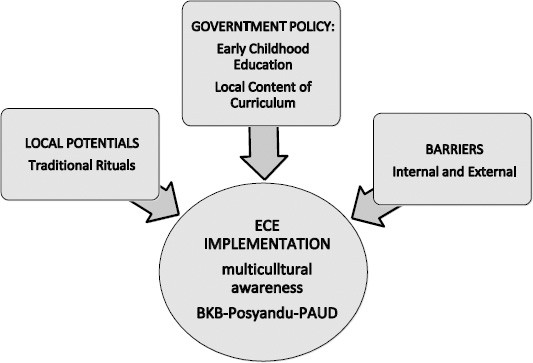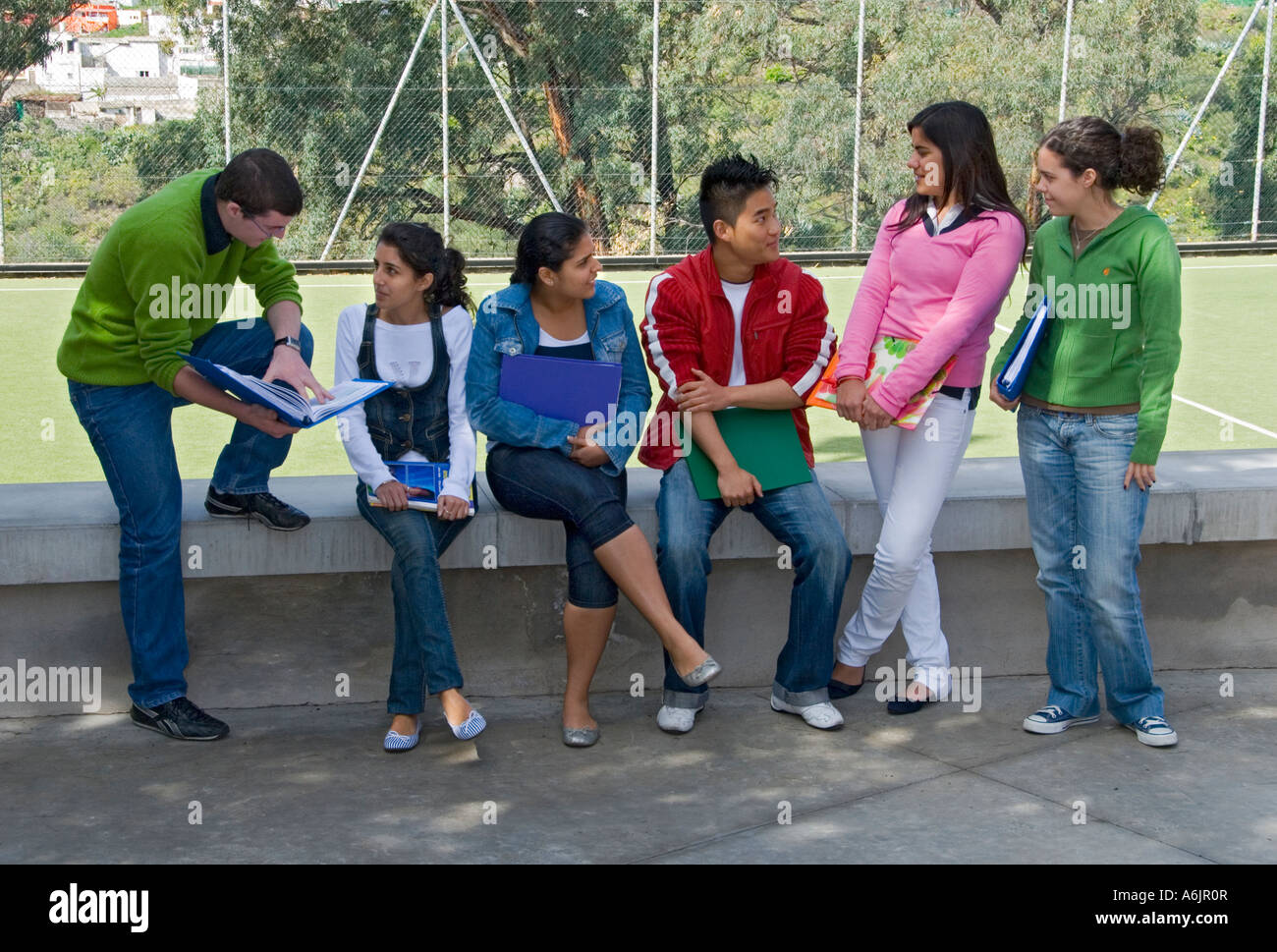

Basic vocational/technical skills training 3. It has potential for multiplier effects in economy and efficiency because it utilizes appropriate personnel, media and other elements which may be available in a given situation without much criteria and restraints. Selection of mentors based more on demonstrated ability than on credentials l. It institutionally prescribed admission criteria It is not restricted to any particular organization, curricular or personal classification and is has great promise for re-knowing and expanding any of them. It is less costly that formal education h. It is a part-time activity of participants g. It usually involves voluntary participation f. It usually do not involve highly organized context staff or structure e. It considers proof of knowledge by performance rather that by certificate d. It usually occurs outside the schools any situation which affords appropriate experiences may be employed as a learning site. Non-formal education is usually concerned with an immediate and practical mission b. The NFE Primer published by the Office of Non-Formal Education has enumerated some important characteristics of non-formal education. Topic 2 Characteristics of Non-formal Education Section 24 of the Education Act 1982 provides for the inclusion of non-formal education as one of the three types of specialized educational services intended to benefit special categories of clientele within the context of the formal educational system, the two other services being special education and early childhood education. 1139 (1977), which created the position of Undersecretary of Education, culture, and Sports for NFE, defined BFE as a means of providing learning to the sector of the population who are not in a position to avail themselves of the facilities of formal education. The Education Act 1982, Section 24 considers NFE as one of the specialized educational services t6o meet special needs of certain clientele and defines NFE as any organized school-based educational activities undertaken by the MEC (now DECS) and other agencies aimed at attaining specific learning objectives for a particular clientele, especially the illiterate and the out-of-school youth and adults, distinct from and outside the regular offerings of the formal school system. Coombs (1973) defines non-formal education as any organized educational activity outside the established formal system, whether operating separately or as an important feature of some broader activity that is intended to serve identifiable learning clienteles and learning objectives. In his article Non-formal Education for Developing Societies, (1979), Djiwandone defines non-formal education as the method or process of assessing the needs and interests of people, of communicating with them, of motivating them to participate, and of helping them to acquire the necessary skills and to adopt behavioral patterns and related activities which will improve the quality of their lives. THE NATURE, CHARACTERISTICS AND SCOPE OF NON-FORMAL EDUCATION Topic 1 Non-formal Education Defined/The Nature of Non-formal Education What is Non-formal education? Non-formal education has been viewed differently by educators, national planners, and educational development lists.

They show how the principle of diversity as a quality dimension for education and learning can stimulate personal growth, encourage tolerance and promote active participation in society.Notre Dame of Tacurong College City of Tacurong 5-6), entitled “Quality multilingual and multicultural education for lifelong learning”, showcases 13 examples of innovative policy and practice in mother-tongue-based multilingual education. The latest edition of UIL’s journal International Review of Education (2011, Vol. It helps them to understand how languages and cultures in contact complement each other, and to become skilful communicators in multilingual settings. Rather, it supports learners in developing language awareness, learning several languages and building respect for different cultures.

Such an ethos does not separate languages from each other. In environments where multilingualism and cultural diversity are ordinary and seen as resources for individuals and for social cohesion, a multilingual ethos can guide educational policy and practice. Quality in education is not just a philosophy but also a process which encompasses all the linguistic and cultural resources available to learners. For the UNESCO Institute for Lifelong Learning a crucial question is: in pursuit of lifelong learning and quality education for all, how do we respond to the important UNESCO standpoint of linguistic and cultural diversity? International Mother Language Day (21 February) celebrates all world languages.


 0 kommentar(er)
0 kommentar(er)
